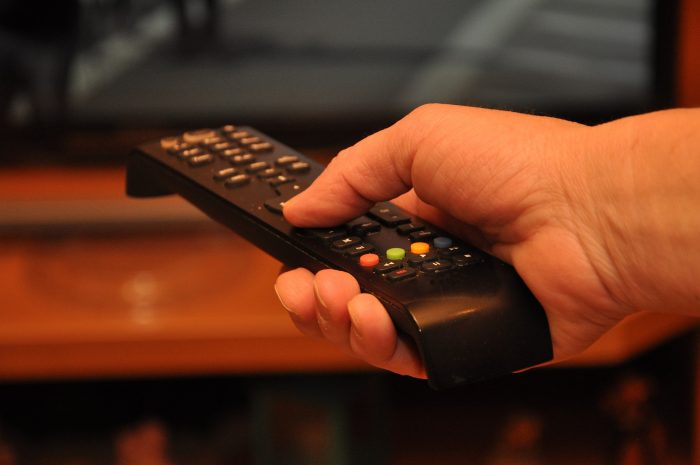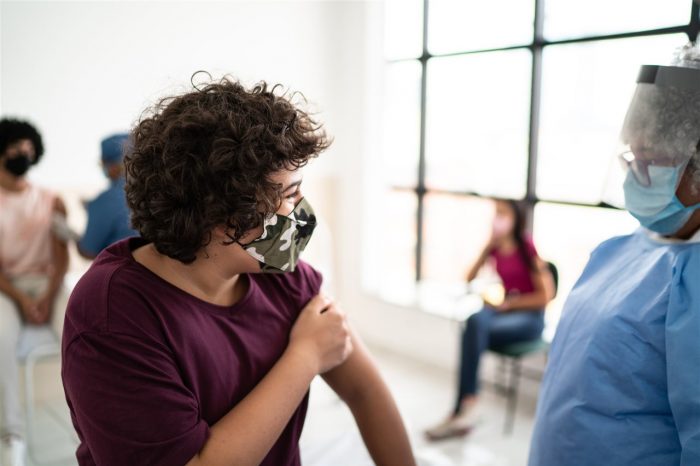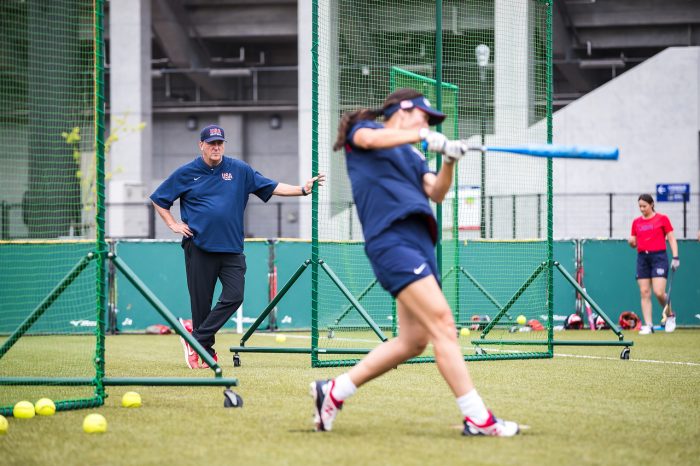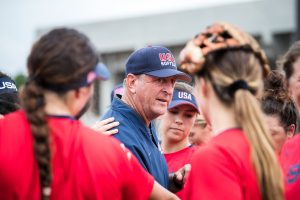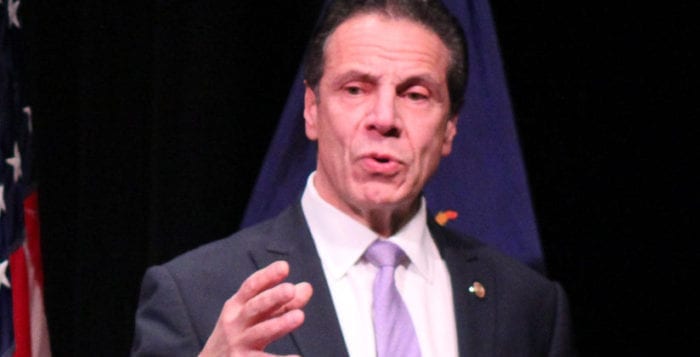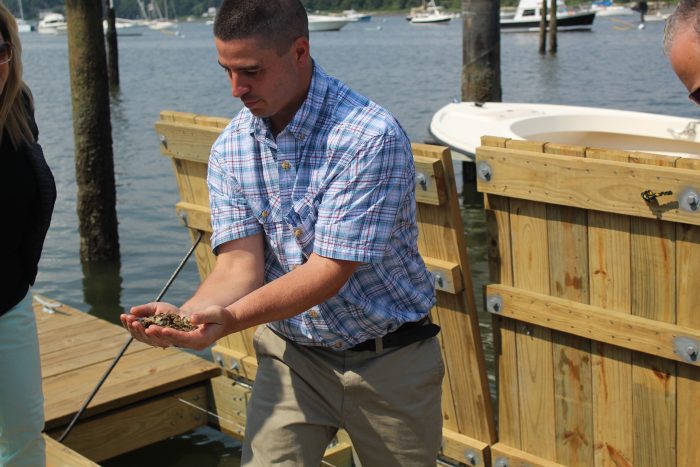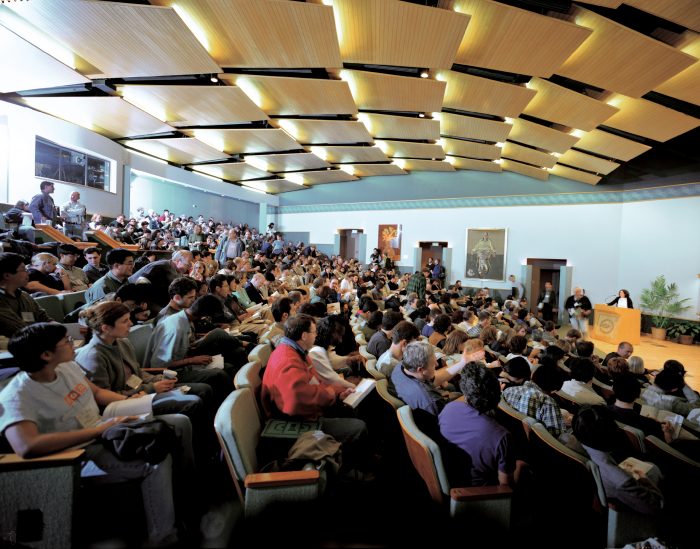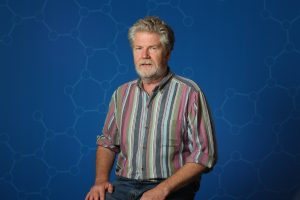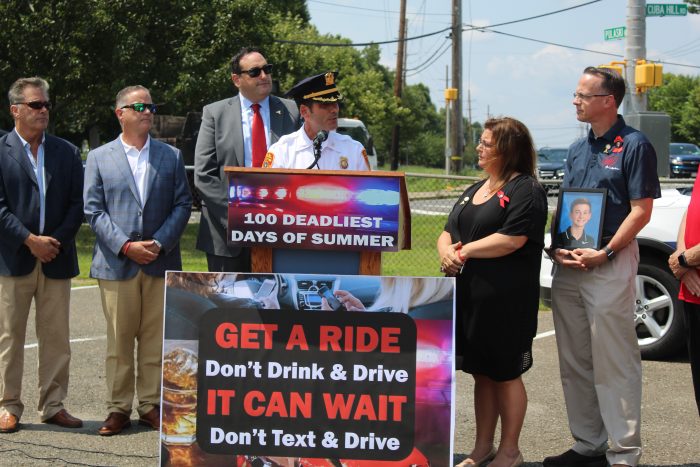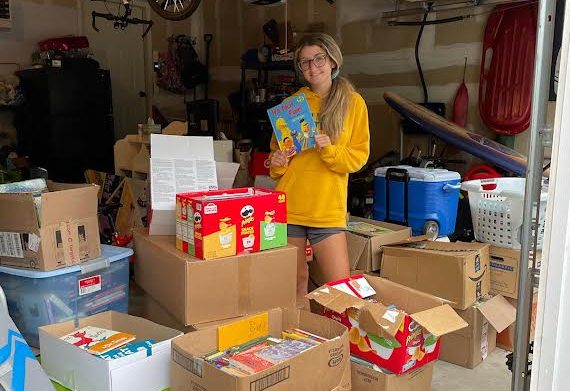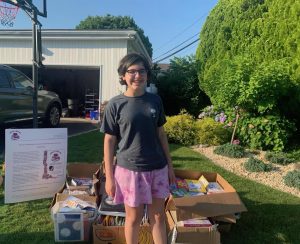By Leah S. Dunaief

Intuitively we know that our behavior changed in just about every way during the unprecedented events of last year. The American Time Use Survey, a responsibility of the U.S. Bureau of Labor Statistics, asks thousands of people annually to record how they spend their daily minutes, and they came up with some research to back up our intuition on how we adapted to COVID-19 in 2020. The New York Times covered the story last Thursday, breaking out a number of categories for comparison.
As far as non-work and non-school time, the data was divided into sleeping; watching TV, movies or videos; playing games; cooking; doing housework; grooming; exercising; and texting, phone calls and video chats. It was further broken down by demographic groups: 15-24; 25-44; 45-64; and 65+. As far as sleeping goes, all the age groups slept more, with those 25-44 and 45-64 getting the most rest and both the 15-24 and the 65+ cohorts having the smallest increases. That makes sense to me because those getting more sleep are probably the primary workforce. The ones who did not have to commute as much and could sleep a little later.
The 45-64 and the 15-24 groups also spent the most extra time watching TV, movies and videos, about 25 minutes more per day. Yay for Netflix and the other streaming services who introduced us to binging. By far and away the most increase playing games was among the 15-24 folks, averaging 24 more minutes a day. Mostly all four groups didn’t change much in the amount of cooking they did, but while the others increased slightly, the 15-24 category decreased six minutes a day.
Doing housework wasn’t much different from 2019, with the oldest category completely unchanged.
So what went down? Are you surprised to know it was grooming? The others dropped from four to seven minutes a day, but the youngest members increased four-tenths of a minute. Exercising increased four to five minutes, except for the oldest set, who decreased their exercising by five minutes daily. And everybody spent more time texting, phoning and participating in video chats, with the youngest crowd up eight minutes a day.
Last year was a difficult time for those forced to be alone. The survey tracks people during waking hours by how much time spent with people outside the household, with household members only and with those alone. The numbers for time with outsiders sank to one hour and 33 minutes less a day, while for household members, the amount rose by 31 minutes. The amount of alone time rose 57 minutes on average out of an eight-hour day. Remember all these numbers measure increases, not absolute time. For those in nursing homes, for example, who were unable to receive visitors, it was a miserably lonely year. And socializing among children was severely limited.
The greatest disruption caused by the coronavirus was in the lives of parents. With schools closed, parents became homeschoolers, particularly for children in elementary school. This burden could be in addition to working on a job from home and it affected women more than men because in most cases they carry the greater responsibility for child care. Sometimes it forced women to quit their jobs. Single mothers were particularly disrupted by the situation.
The nature of work also changed. For starters, in 2019, only one in seven people worked remotely. Last year it was one in three. And the changes laid bare disparities among workers. Hispanic workers were more likely to lose their jobs. Black workers were most often required to go to their jobs in person, thus being more exposed to infection. White and Asian workers were often able to work from home.
There were also stark differences depending on educational levels. Those with graduate and professional degrees generally spent more hours last year working from home than in the office. Those with a high school diploma or less were often considered “essential workers” and had to function in person in the workplace,
Will this data cause change in the future?

